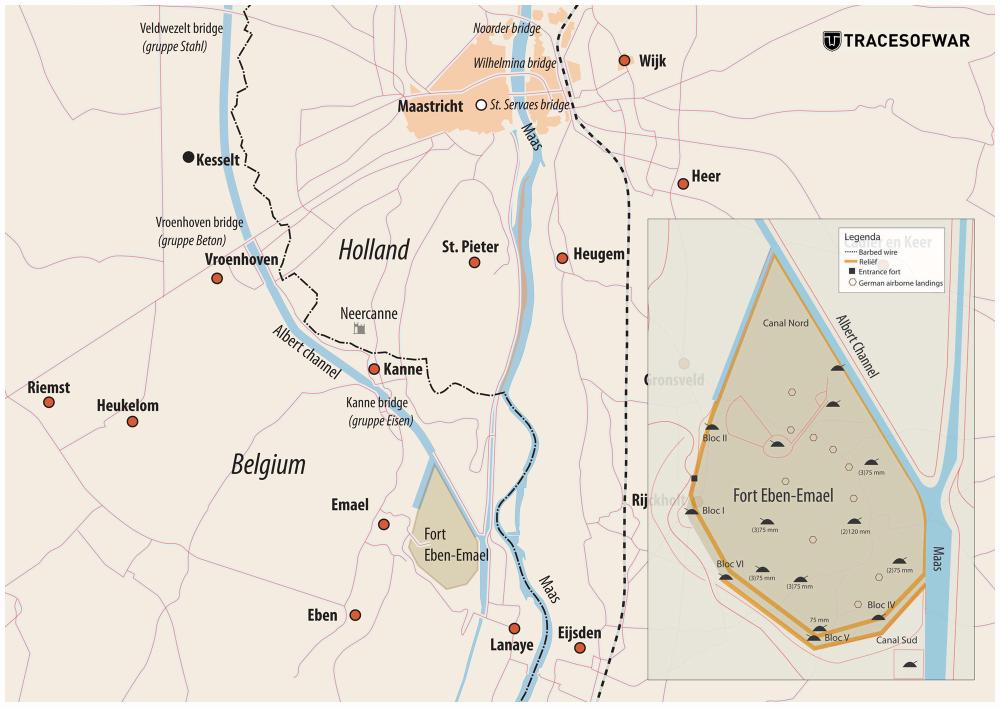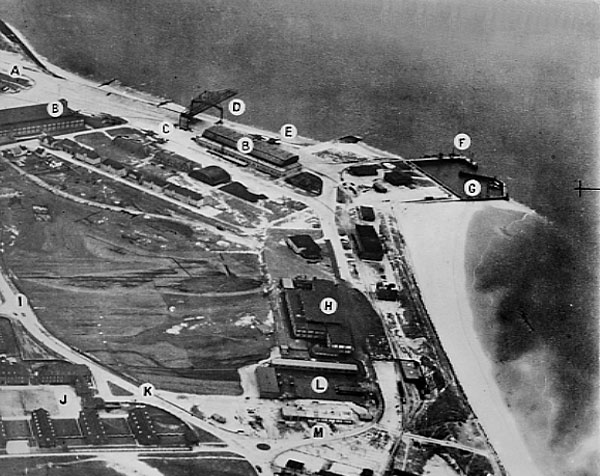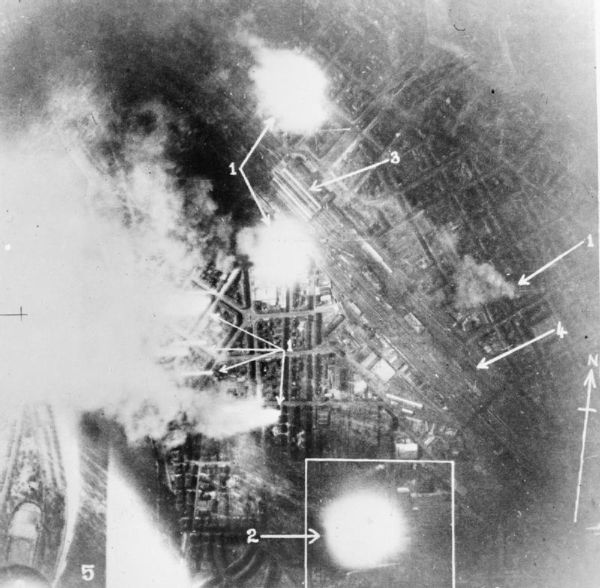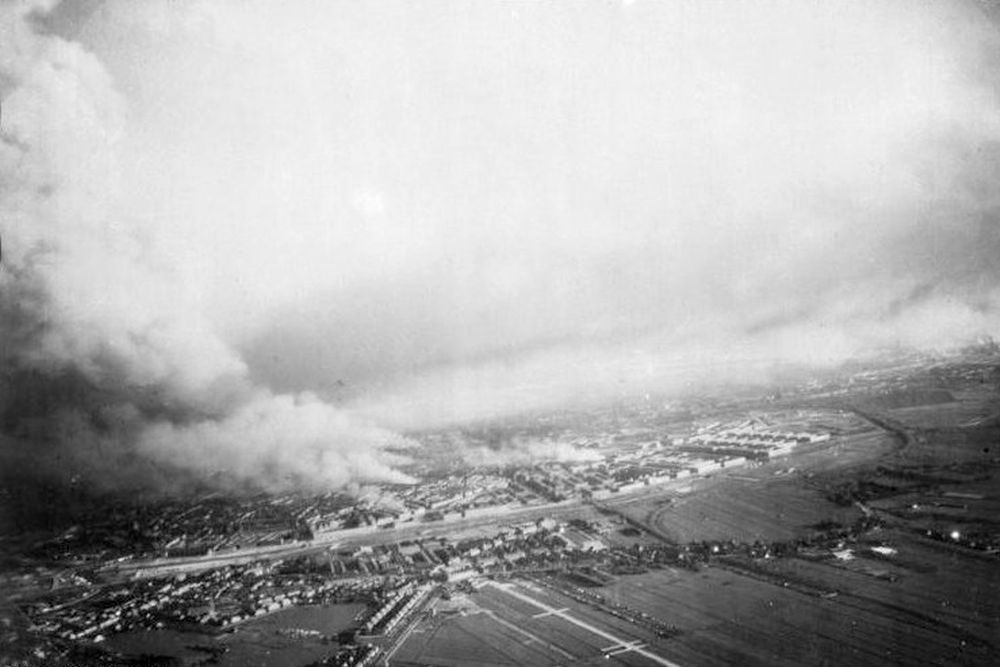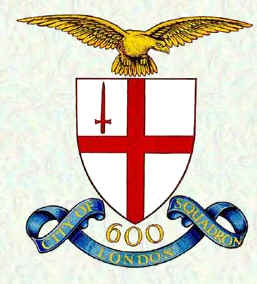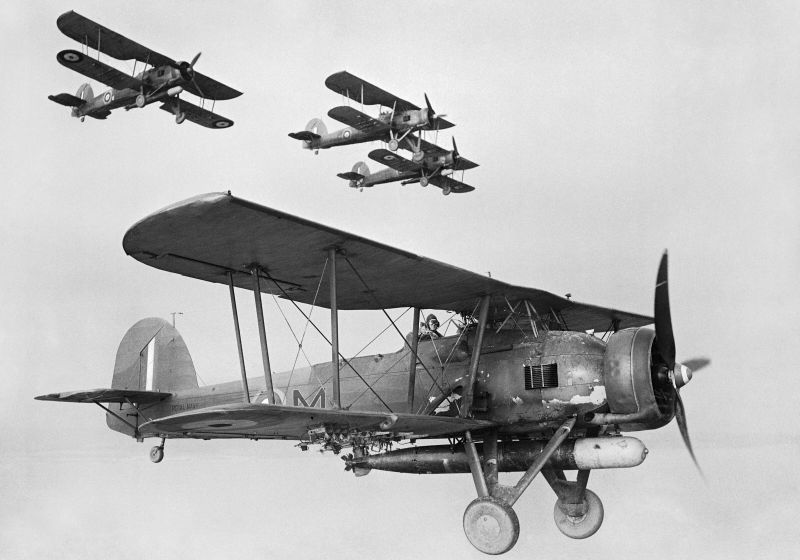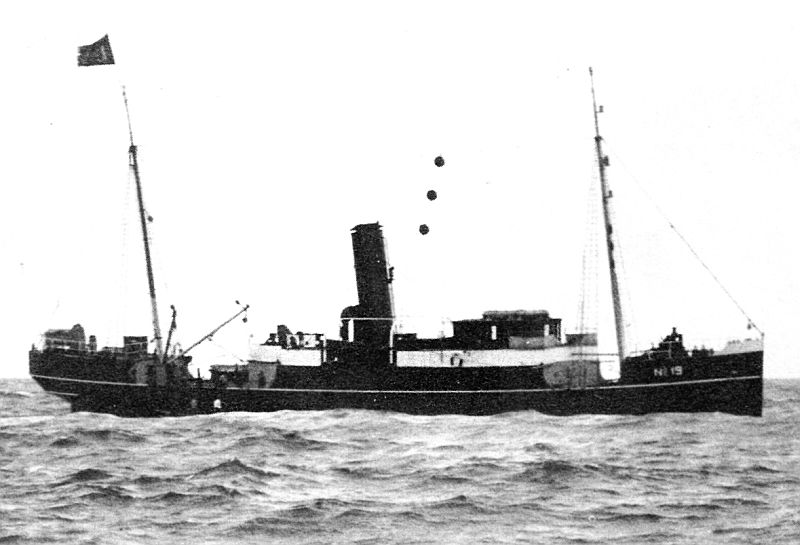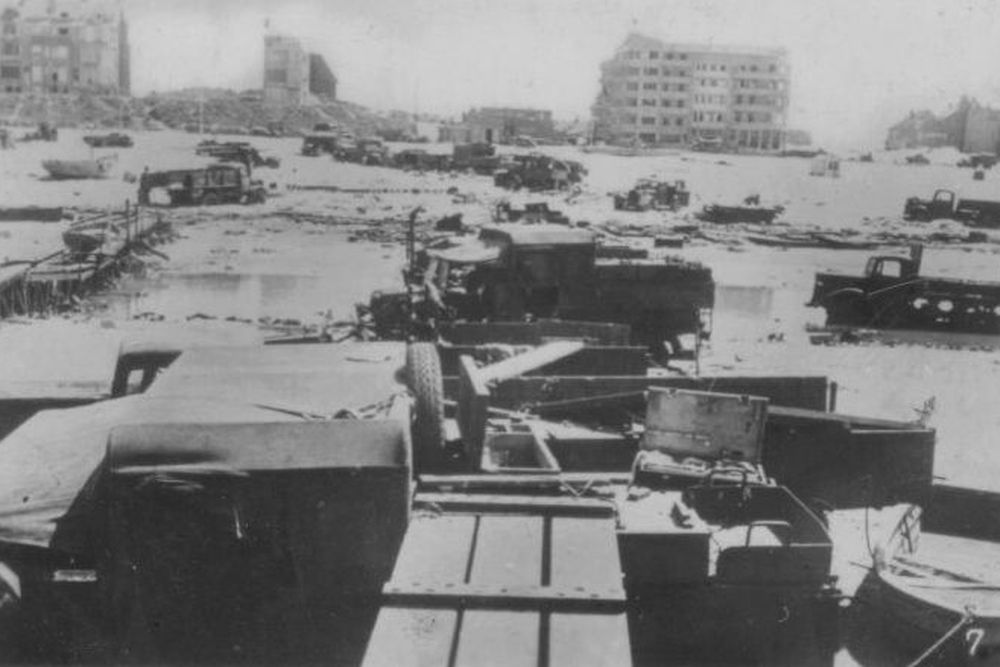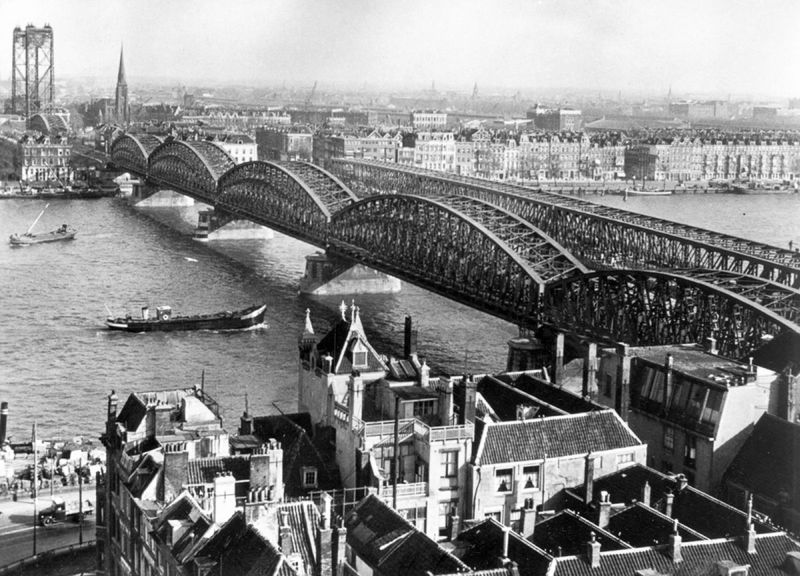Articles
- Article by Gerd Van der Auwera
- Published on April 19th, 2013
Battle for Fort Eben-Emael
In order to understand the construction of the fort we need to look back to the 19th century and more specifically, to the year 1871. The Franco- German war had ended with Germany’s victory and unification. Belgium, a young state only in existence since 1839, feared that Germany and France would go to war again in the future. Due to the construction of French and German lines of fortification on both sides of the new border, Belgium feared that their neighbours would be tempted to fight on its territory. In order to prevent this, large concrete forts were constructed around Antwerp, Liège and Namur. The twelve forts around Liège were directed against Germany, the nine fortresses around Namur were directed against France and Antwerp was made the military headquarters.
- Article by Pieter Schlebaum
- Published on May 1st, 2015
Bombardment of air base Hörnum, 19-20 March 1940
At the outbreak of World War Two RAF Bomber Command consisted of five Groups. The Command possessed four types of bombers with which every part of Germany could be reached, with the exception of the very east. Nevertheless, the role of Bomber Command during the first six months of the war was confined to reconnaissance-flights, attacking German shipping and nickelling (dropping propaganda leaflets). Not until March 1940 did Bomber Command launch an assault on a German land target. The Command bombed the air base at Hörnum, on the island of Sylt, during the night of 19/20 March 1940. It was a reprisal raid for the Luftwaffe bombardment on the naval base in Scapa Flow at the Orkney Islands and was ordered by the British government.
- Article by Pieter Schlebaum
- Published on May 16th, 2015
Bombardment of Mannheim, 16-17 December 1940
The German Air Force, the Luftwaffe, carried out a large scale bombardment on Coventry on 14 November 1940. A sizable part of the city was obliterated by more than 500 bombers. It was the biggest raid in a series of attacks on Coventry and other British cities. 568 people were killed and more than 1000 injured. Until then, the Royal Air Force had only carried out precision-bombing on industrial and military targets in an attempt to severely damage the German war machine. However, after the bombing of Coventry, Bomber Command was authorized to abandon its strategy to carry out a reprisal raid. The centre of the German town of Mannheim was bombed during the night of 16/17 December 1940. The raid was a forerunner of the strategy which the allies would later call 'area-bombing', a heavy and indiscriminate bombardment on a city.
- Article by Wilco Vermeer
- Published on September 1st, 2013
Bombardment of Rotterdam, May 14th, 1940
After the German invasion in the Netherlands on the early morning of May 10th, the situation for the Dutch army had deteriorated fast. On the Friesian side of the "Afsluitdijk", (enclosing dyke, that separated the former Zuiderzee from the North sea) they managed to hold their positions. On the Grebbeline too, attack after attack by the Germans was pushed back with much effort. The greater part of the German airborne troops were either destroyed or surrounded. A more serious danger was that German parachutists gained control over the Moerdijk bridges and that the 9e Panzerdivision (9th Armoured Division) proceeded in that direction by way of Noord Brabant. Eventually the struggle in Holland would be settled by a bombardment of Rotterdam.
- Article by Pieter Schlebaum
- Published on April 21st, 2014
Bombardment of Waalhaven airfield, 10 May 1940
On Friday the 10th of May, 1940, the Dutch neutrality was ravaged when the German armies attacked the Low Countries. The Dutch army was insufficiently trained and equipped to counter the German invasion. Without help from outside it would be a battle without the slightest chance. This help from abroad did arrive. Not only from the French, who fought in the province of Noord-Brabant, but also from the British. The Royal Air Force supported the Dutch army in May 1940 by carrying out several operations. One of the raids was carried out on Waalhaven airfield by No.600 Squadron.
- Article by Peter Kimenai
- Published on March 15th, 2020
British attack on Taranto
The British air raid on Taranto marked a turning point in military maritime history. 21 obsolete torpedo bombers put half of the Italian battleships out of action for months. Churchill felt increasing pressure from the Axis Powers especially in the Mediterranean. The British needed free sea passage in this area to keep the supply lines open from Gibraltar to Egypt, which they controlled. The raid was a big succes for the Royal Navy.
- Article by Peter Kimenai
- Published on July 28th, 2019
Lost gold on the Nieuwe Waterweg
On the eve of the Second World War, the German government had assured the Dutch that they would respect their neutrality. The Dutch government, however, did not trust this assurance, and the near future would prove that the Dutch preparatory measures had not been in vain. One of these measures was to secure the Nederlandsche Bank’s (Dutch national bank) gold deposit. From September 1938, it had over 362 tonnes (399 US tons/ 356 imperial tons) of gold transferred to New York, London, and Pretoria.
- Article by Wilco Vermeer
- Published on September 30th, 2022
Operation Dynamo
After the German breakthrough in the direction of the English Channel, the situation in Belgium was so precarious, causing Lord Gort to send an alert to the British War Office as early as May 1940, stating that in his view, an evacuation of the British Expeditionary Force (BEF) should be considered.
- Article by Peter Kimenai
- Published on January 21st, 2023
Royal Dutch Navy in combat in Rotterdam
In the early morning of May 10, 1940, the Koninklijke Marine in Rotterdam joined the battle for the Maas bridges. Infantry men, Marines and fleet personnel held out on the northern bank of the Nieuwe Maas until the general capitulation on May 14.
